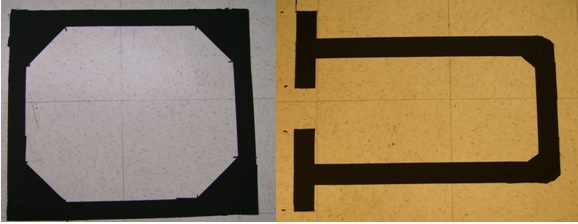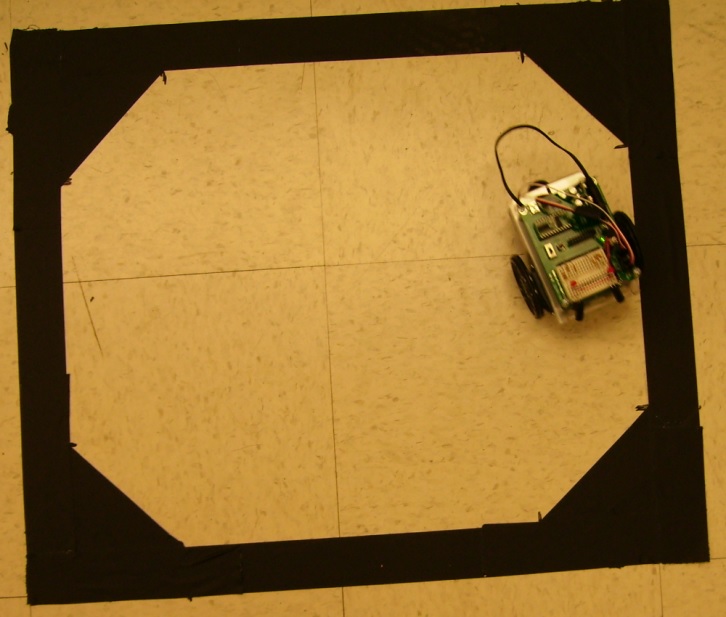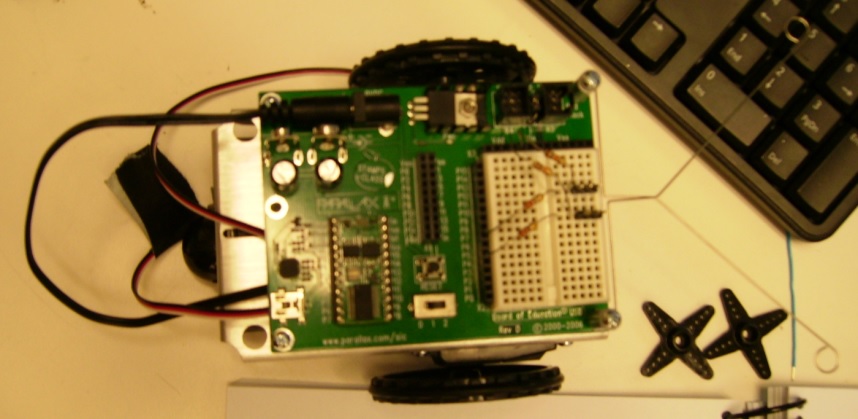July 14, 2015, Day 7:
Brian Palacios and Horace Walcott
On Tuesday, July 14, we opened the morning session with a brief lecture on robotics. Jared provided the definition of a robot, whose key characteristic includes being able to act on its environment in a multitude of ways (e.g., object manipulation, mobility, etc.). Robots are commonly used in the automotive and manufacturing industries. Current research is examining applicability of vision sensors in robotics. Jared then discussed the variety of motors and controllers that are commonly used in robots. The group then ventured to the lab where participants began building their Boe-Bot while completing activities in chapters 1-4 in the Robotics and Boe-Bot text. The activities focused on calibrating the servo motors, programming the Boe-Bot (BB) to move forward, backward, and turning. To close out the morning session, Lee Hollman, a 2014 SMARTER alumni, visited the group to share his past experiences and field questions from the 2015 SMARTER teachers. The afternoon session commenced with a lecture on infrared (IR) sensors. Included in the lecture were the history, theory, and electronics of IR sensors and the applications of IR sensors. SMARTER teachers were instructed on the use of IR sensors in the BB kits and the methods of assembling and testing the IR sensing apparatus as part of the navigation and sensing unit of the BB. There were discussions on solar panels, solar chimneys, wind farms, and thermal sensing in vipers and boid snakes. During the morning session, one team had already tested successfully the IR sensing apparatus on the BB on two different navigating tracks consisting of IR absorbing tape (see Figures 1 and 2). During the afternoon session the team that was ahead of the other teams successfully demonstrated the ability of the BB to move in a zigzag pattern along the IR absorbing tape tracks. The other teams demonstrated the ability of their BB to use tactile sensing in the form of metallic whiskers, to avoid obstacles (see Figure 3). One other team demonstrated navigation by IR sensing along the two tracks. The team that has been ahead in completion of experiments also demonstrated photo-taxis or movement of the BB towards light (see Figure 4). A pair of phototransistors in the BB was used for light sensing. Today’s activities will be useful for the development and testing of drones employing bio-mimetic sensing devices.



